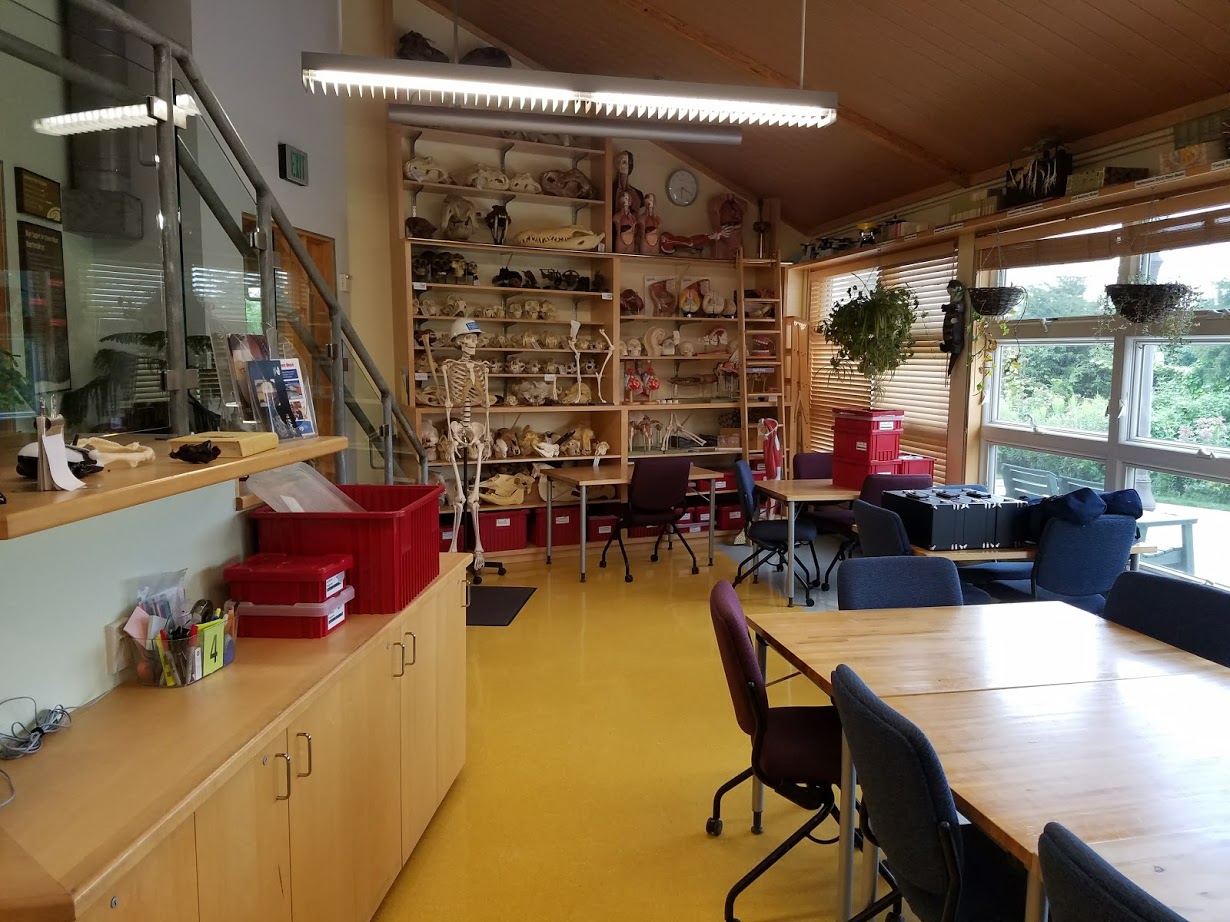NewDay Challenge Award recipient Todd Wackerman is an MBA student at Tulane’s Freeman School. As he prepares to open his K-12 STEM equipment library for business in 2018, Todd visited analog facilities in a variety of US cities to first hand learn about logistics, implementation strategies, challenges and best practices.
On August 12th I set out on a 3,000 mile journey across the middle of the U.S. The purpose was to visit and learn about operations, logistics, marketing, outreach, and reporting, across a variety of K-12 STEM libraries across the country. Over 9 days, I visited 6 facilities and met teachers, educators, librarians, and professors engaged in work parallel to our plans here at STELL. It was a whirlwind expedition, ending in a full totality viewing of the solar eclipse on August 21st in a wide open field outside of Cookeville, Tennessee, home of the Millard Oakley STEM Center in Tennessee Tech University.
STEM lending libraries are not a cohesive group, and while bound together by some common threads, are diverse and complex in their structure and operations. Some are data driven, others operate off binders and file folders. Some feel like home, others sterile like a science lab, or eclectic and haphazard like the Myth Busters warehouse.
My visits all followed a common action plan. First, I would meet the staff and tour the facility noting the filing system, inventory types, storage methods, and protocols. Then, I would act as a teacher borrower and walk through the lending process from that perspective as well as from the perspective of the facility librarian. Lastly, the bulk of the visit was comprised in a sit-down conversation with the staff around challenges, logistics, and practical systems for operation including everything from budget questions (buy an industrial label maker and digital scale) to storage rationale (bins from colored plastic may prevent you from seeing inside, but are far sturdier and resistant to static electric shock) to layout (a box of dinosaur figurines allows teachers who are also parents to keep small children entertained).

In all cases, the premise of the visit was to engage with the nitty gritty of day-to-day operations: why shelves were stocked in a particular way, or the location of the circulation desk, and how those decisions contributed to the environment as a place where teachers will want to stay and return. The pre-work had already been completed during in-depth phone conversations, so time at Science House could be spent understanding lessons learned after a decade of experience and iteration, and time at STEM village could be spent understanding the implementation process faced by an organization only a year older than STELL.
A lot of work now remains. It is time to zoom out and collate the information which has been gathered. Our action plan is to now hash out the lending process from the time a teacher walks in the door wondering what we do, to the time they return materials borrowed for the 4th time that year. We have gathered the forms and step-by-step instructions used at these facilities, and will work with local teachers to facilitate instances of borrowing in which we test our process on real borrowers, and refine our model accordingly. We have collected complete inventory lists and most-used lists which will allow us to begin outlining the projected inventory for STELL. We also have gleaned complex narratives and documents about centers’ outreach process and challenges to gain and retain teacher borrowers, which we will used to devise a plan for marketing and outreach here in New Orleans.
With all of that in mind, look for an upcoming STELL with details about how we are progressing toward these disparate goals, and our progress report about next steps and we work with 4.0 Schools, Propeller, and Tulane to prepare to launch in Summer 2018.


